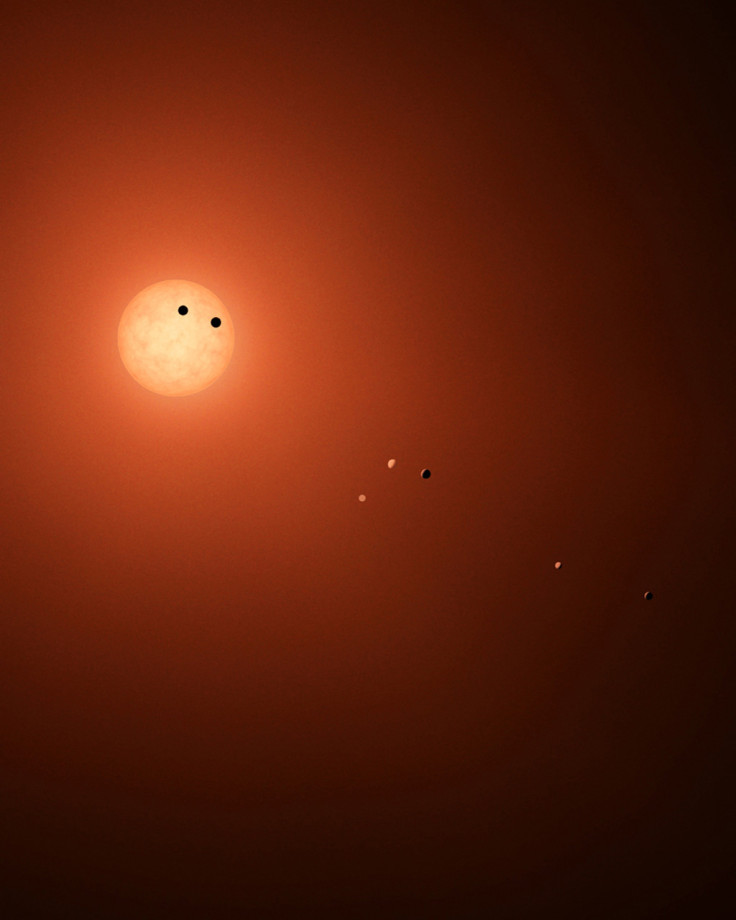Nasa has made raw data on Trappist-1 from its Kepler observations free for all space buffs
Nasa spent 74 days observing Trappist-1 from the Kepler Space Telescope as part of its K2 mission.

Nasa recently announced the discovery of Trappist–1, Earth's sister solar system that plays host to 7 Earth-sized planets. Now, Nasa has made its raw data on what it calls the "ultra-cool dwarf star" available for free to all astronomers and space nerds.
Nasa spent 74 days observing the dwarf star from the Kepler Space Telescope, as part of its K2 mission. According to the space agency, this is the "longest, nearly continuous set of observations of TRAPPIST-1 yet" and the data collected during the mission allows scientists to further observe and understand the gravitational interactions between the seven planets, as well as search for other planets that may "remain undiscovered in the system".
Geert Barentsen, a K2 research scientist said in a statement, "Scientists and enthusiasts around the world are invested in learning everything they can about these Earth-size worlds. Providing the K2 raw data as quickly as possible was a priority to give investigators an early look so they could best define their follow-up research plans. We're thrilled that this will also allow the public to witness the process of discovery."
The unprocessed data will help scientists and researchers plan for and propose future Earth-based observation missions using other telescopes. Since Nasa announced its discovery of Trappist-1, scientific and public interest in the dwarf star has grown steadily. The atmosphere on the 7 Earth-sized planets could also develop with time, making some or even all of them able to support life.
New data! @NASAKepler released new info on #TRAPPIST1 ðŸ”🎉 The data on the 7 Earth-size worlds is public: https://t.co/bHGxIKJ7RJ pic.twitter.com/6nMRrl7e5w
— NASA Planetquest (@PlanetQuest) March 8, 2017
This is a target pixel image of #TRAPPIST1. Its starlight and story traveled 40 yrs to reach the Kepler spacecraft.https://t.co/UJsLZ7sQgO pic.twitter.com/2Pg1DvuLTv
— NASA Kepler and K2 (@NASAKepler) March 11, 2017
Researchers believe that Trappist–1 has been around for nearly 500 million years, which may be long enough for living organisms to develop and sustain.
However, Nasa scientists got lucky in their discovery of the dwarf star. Initially, the Kepler telescope was slated to observe and area in space that would have "just missed the region of space that is home to this newfound star system of interest." The K2's mission, Campaign 12, was later modified and the telescope was turned toward the Trappist-1.
Nasa's soon to be launched James Webb Space Telescope will also be studying Trappist-1 for signs of additional, undiscovered planets and possible alien life.
© Copyright IBTimes 2025. All rights reserved.






















